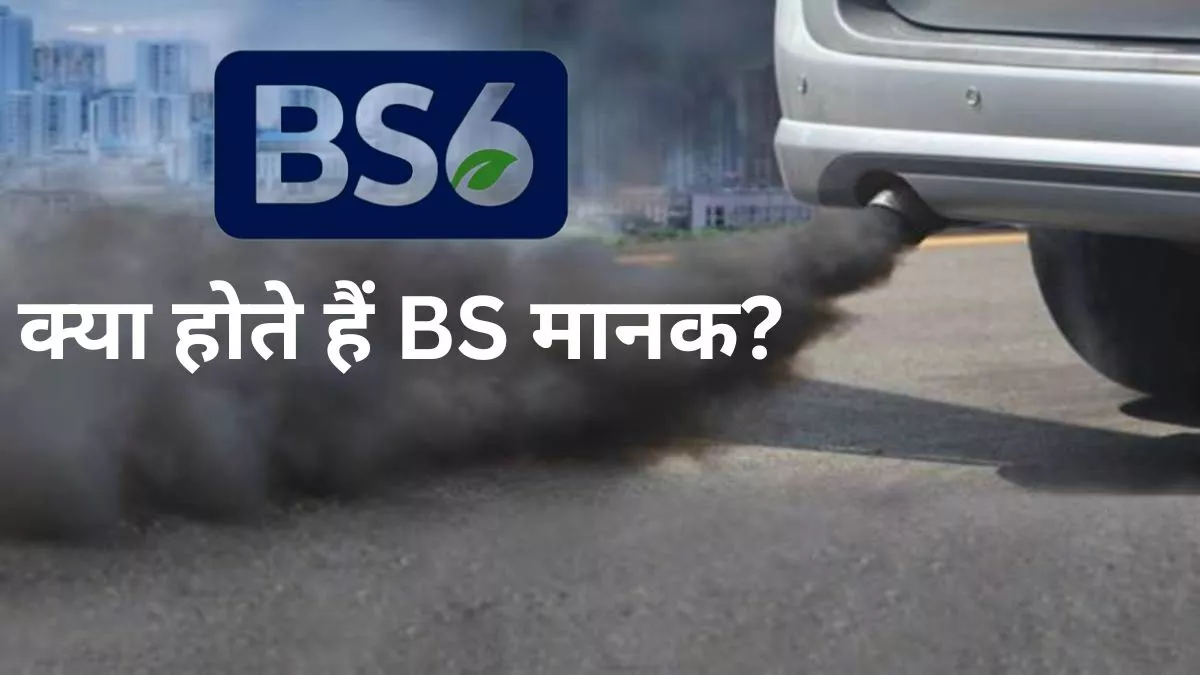The Supreme Court recently directed the Union government to frame a national policy to phase out heavy-duty diesel vehicles like trucks and trailers, and replace them with BS-VI vehicles.
About BS-VI Norms:
- Bharat stage (BS) emission standards are laid down by the government to regulate the output of air pollutants from internal combustion engine and spark-ignition engine equipment, including motor vehicles.
- India has adopted BS Emission Standards since 2000, modelled on European Union norms.
- The first emission norms with the name ‘India 2000’ were introduced in the year 2000. BS2 and BS3 were introduced in 2005 and 2010, while BS4 norms came into effect in 2017 with stricter emission standards or norms.
- The BS standards regulate tailpipe emissions of air pollutants, including particulate matter, SOx, and NOx, as well as carbon monoxide, hydrocarbons, and methane.
- Who sets them? The standards and timeline for implementation are set by the Central Pollution Control Board under the Ministry of Environment, Forests and Climate Change.
- In April 2020, India leapfrogged from BS-IV to the implementation of BS-VI. The central government has mandated that vehicle makers must manufacture, sell, and register only BS-VI (BS6) vehicles from April 1, 2020.
- It is applicable for cars, trucks, buses, three-wheelers, and two-wheelers (motorcycles, scooters, and mopeds).
- This emission norm does not apply to off-highway equipment and vehicles such as tractors, back-hoe loaders, excavators, etc.
- Difference between BS-IV and BS-VI:
- Both BS-IV and BS-VI are unit emission norms that set the maximum permissible levels for pollutants that an automotive or a two-wheeler exhaust can emit.
- Compared to BS4, BS6 emission standards are stricter.
- The main difference is in the amount of sulphur in the fuel, which is reduced from 50 ppm in BS IV fuel to 10 ppm in BS VI fuel for both gasoline and diesel. Hence, BSVI engines produce less harmful emissions and pollutants.




